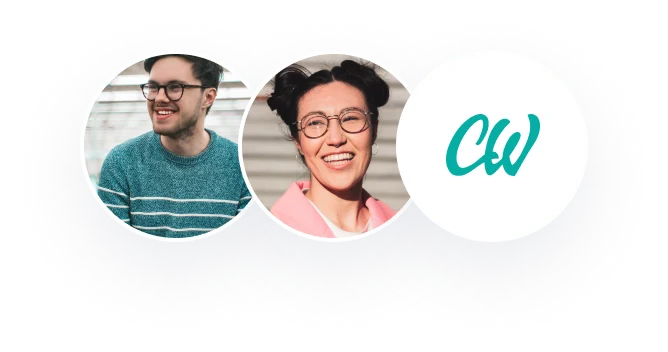Question 1 (5 points)
A _______ statute was created to encourage people to respond to emergencies.
Question 1 options:
a) lower determination
b) restrictive
c) legal modification
d) Good Samaritan
Question 2 (5 points)
Actus reus is Latin for guilty
Question 2 options:
a) act.
b) conscience.
c) verdict.
d) mind.
Question 3 (5 points)
Which of the following statements best conveys the meaning of respondeat superior?
Question 3 options:
a) Employees are vicariously liable for their employers’ negligence.
b) Employers are vicariously liable for their employees’ negligence.
c) Employees must obey unlawful orders from their employers.
d) Employers can legally give unlawful orders to their employees.
Question 4 (5 points)
A/An _______ is an addition or change to an act.
Question 4 options:
a) law
b) amendment
c) statute
d) legislation
Question 5 (5 points)
The Controlled Substances Act classifies drugs based on their
Question 5 options:
a) medical use.
b) availability.
c) safety and potential for abuse.
d) cost.
Question 6 (5 points)
What’s a misdemeanor?
Question 6 options:
a) A crime punishable by imprisonment for less than one year
b) A conviction dismissed after trial by jury
c) A crime punishable by five years of imprisonment
d) A first offense
Question 7 (5 points)
Establishing a link between malpractice and harm is
Question 7 options:
a) intentional causation.
b) aggravated intent.
c) proximate causation.
d) link distinction.
Question 8 (5 points)
_______ protect(s) the public by ensuring only qualified professionals care for patients.
Question 8 options:
a) The Hippocratic Oath
b) Ordinances
c) Licensing
d) Metaethics
Question 9 (5 points)
Legislation that local legislative bodies pass is called a/an
Question 9 options:
a) amendment.
b) bill.
c) ordinance.
d) law.
Question 10 (5 points)
Match each of the following terms with the correct definition.
Question 10 options:
Right
Law
Duty
Crime
1. A set of rules that govern people’s behavior
2. An offense against a locale, a state, or the federal government
3. An individual power, privilege, or immunity
4. An individual obligation
Question 11 (5 points)
Which of the following can issue a license?
Question 11 options:
a) State government
b) Federal government
c) County government
d) City government
e) Professional association
Question 12 (5 points)
Common pharmacy fraud schemes include which of the following?
Question 12 options:
a) Prescription drug switching
b) Filling less than the prescribed quantity of a drug
c) Billing for a current or existing prescription
d) Billing multiple payors for the same prescription
Question 13 (5 points)
Match the following terms with their correct definition.
Question 13 options:
Vicarious liability
Due care
Comparative negligence
Contributory negligence
1. One person being held responsible for the actions of another
2. Patients contributing to their own harm
3. A percentage of fault assigned to both the healthcare personnel and to the patient
4. The responsibility to hire qualified personnel and supervise them accordingly
Question 14 (5 points)
Which of the following are parts of the licensing examination for pharmacists?
Question 14 options:
a) The Clinical Knowledge Skills Exam
b) The Written and Practical Exam
c) The North American Pharmacist Licensing Exam (NAPLEX)
d) The Multi-State Pharmacy Jurisprudence Exam (MPJE)
Question 15 (5 points)
State and local agencies with jurisdiction over pharmacies include
Question 15 options:
a) the Drug Enforcement Agency (DEA).
b) district attorneys.
c) police.
d) state narcotics divisions.
e) state boards of pharmacy.
Question 16 (5 points)
Which of the following are examples of violations of the False Claims Act?
Question 16 options:
a) Prescription drug switching
b) Billing for brand-name drugs while dispensing generic drugs
c) Filling less than the prescribed quantity of a drug
d) Receiving a kickback for promoting a healthcare service
Question 17 (5 points)
Match each of the following terms with the correct definitions.
Question 17 options:
Vicarious Liability
Negligence
Malpractice
1. Failure to exercise the degree of care that a reasonable person would exercise under the same circumstances
2. When one person is held responsible for the actions of another
3. Failure to meet a professional standard of care
Question 18 (5 points)
Match each of the following drug schedules with the correct definition.
Question 18 options:
Schedule IV
Schedule I
Schedule II
Schedule III
1. High potential for abuse with no medical use
2. High potential for abuse, accepted medical uses but with restrictions
3. Moderate potential for abuse
4. Low potential for abuse
Question 19 (5 points)
Which of the following are true regarding and human trafficking?
Question 19 options:
a) All of the above
b) Armed conflict provides ideal conditions for trafficking in persons and other human rights abuses.
c) Young people are trafficked for use as armed combatants or for forced labor.
d) Women and girls are abducted for sexual slavery or forced marriage.
Question 20 (5 points)
Which of the key assumptions of a trauma-informed approach – also known as the “Four R’s” – integrates knowledge about trauma into policies, procedures and practices?
Question 20 options:
a) Recognition
b) Realization
c) Response
d) Traumatization
